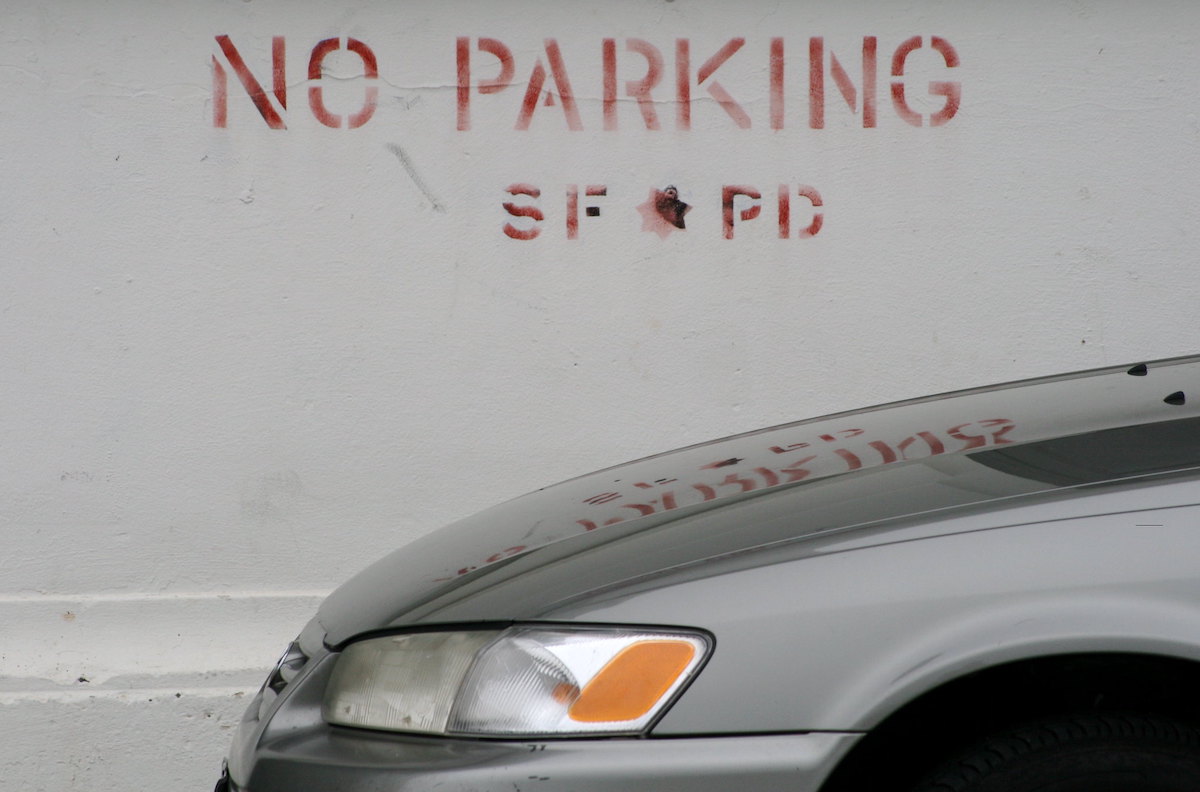When the “No Parking” Sign Applies to Your Home

California is in the throes of a worsening homelessness crisis. While street homelessness – people living in tents, cardboard boxes, and other makeshift structures – receives the bulk of the attention, half of all unhoused people live out of cars, vans, and RVs.
In response, many municipalities have adopted ordinances that criminalize vehicular homelessness. In a new paper in the Journal of the American Planning Association, planning scholars Christopher Gianmarino, Madeline Brozen, and Evelyn Blumenberg of the University of California—Los Angeles study the geography of such ordinances across Los Angeles County, and suggest alternative policy responses.
Key takeaways:
- Homelessness is on the rise, and this includes vehicular homelessness. Roughly half of all people experiencing homelessness in Los Angeles County live out of a car, van, or RV.
- All but four jurisdictions in Los Angeles County have adopted ordinances that criminalize vehicular homelessness. Such restrictions rarely reduce vehicular homelessness, but rather, merely shift the location of — rather than addressing — the crisis.
- The authors suggest that municipalities should instead invest in safe parking programs (SPPs), which offer persons living out of vehicles the opportunity to park in a place with on-site security, sanitation, and services.
Based on data collected by the Los Angeles Continuum of Care, the number of people living in vehicles in Los Angeles County increased by 55% between 2016 and 2020. While far from ideal, evidence suggests that vehicular homelessness provides residents with greater safety and stability than either street homelessness or temporary shelters.
However, vehicular homelessness also raises significant sanitation and safety concerns, and generates complaints from neighbors. In response, many municipalities have adopted ordinances criminalizing this natural response to the lack of affordable homes.
How do cities in Los Angeles County regulate vehicular homelessness? The authors break local ordinances into five categories: citywide bans, overnight parking restrictions, permit zones, time-limited parking, and zonal ordinances. The authors find that all but four municipalities within Los Angeles County have adopted some form of restriction on vehicular homelessness, with citywide bans and overnight parking restrictions being among the most common restrictions.
Such restrictions are often enforced through escalating fines and towing. More restrictive ordinances are typically found in jurisdictions with higher incomes, older residents, more single-family homes, and less industrial land.
What do we know about the geography of vehicular homelessness within Los Angeles County? The authors find that vehicular homelessness has become more dispersed since 2016, with spatial statistics suggesting a random spatial distribution. While 95% of people living in vehicles lived in Census tracts with some form of restriction on vehicular homelessness, only tracts subject to overnight or citywide bans were associated with lower populations of people living in vehicles. Such ordinances largely seem to shift—rather than meaningfully address—the issue of vehicular homelessness.
While Los Angeles has attempted to construct more permanent supportive housing, this has not occurred at a scale or speed sufficient to meaningfully address the crisis. The authors thus recommend that municipalities establish safe parking programs (SPPs), in which public agencies or non-profit partners reserve parking lots for persons living in vehicles. Such facilities typically provide on-site security, trash collection, bathrooms, and support services.
To truly address California’s deepening homelessness crisis, cities and the state must permit, invest in, and build significantly more housing, at all affordability levels. But in the near term, the state and municipalities would do well to create spaces where the many thousands of Californians forced to live out of their vehicles can safely park.
Flickr photo of a No Parking sign in San Francisco by Glen Scott